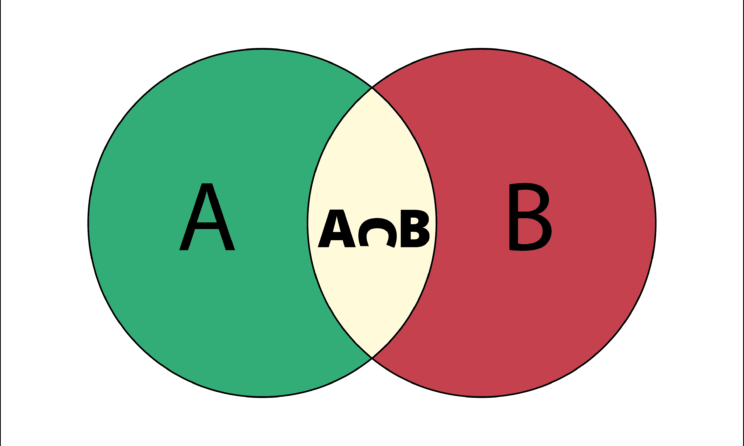
In Mathematics, set is a collection of distinct objects or elements. The classification of objects or items in groups or sets is a simple way of representing the objects and how they overlap each other.
Sets are the fundamentals of Maths. Each of the groups of numbers, such as natural numbers, integers, rational or irrational numbers, even or odd numbers, etc., are represented by curly braces { } in sets. In Set theory Maths, there are different symbols used to represent types of sets or the operations performed on sets.
Example of set: A is a set of all natural numbers less than 10.
A = {1, 2, 3, 4, 5, 6, 7, 8, 9}
In real life also we can relate sets for the group of objects. For example, the number of red colour balls in a basket is a set. If we talk about history, a Greek mathematician Georg Cantor created a hypothesis of dynamic arrangements of objects and framed it into a numerical order between the years 1874 and 1897.
What is Set Theory?
Set theory is the mathematical theory of all around decided assortments, called sets, of articles that are called individuals, or components, of the set. Unadulterated set hypothesis manages sets, so the solitary sets viable are those whose individuals are additionally sets.
The concept of set is easy to the point that it is generally presented casually, and viewed as plainly obvious. In set theory, nonetheless, as is common in math, sets are given proverbially, so their reality and essential properties are proposed by the fitting conventional aphorisms. The maxims of set theory suggest the presence of a set-hypothetical universe so rich that all numerical articles can be interpreted as sets.
Types, Elements and Order of Sets
As we have already discussed, sets are the collection of groups of elements or just elements. These elements or objects are well-defined. Sets are usually denoted by capital letters. Based on the type of elements, there are many types of sets, such as:
- Empty Set: No element
- Finite Set: Set with definite elements
- Infinite Set: Indefinite number of elements
- Singleton set: A set with only one element
- Universal Set: A set with all elements in a particular context
The other classification of sets are equal sets, subsets, power sets, equivalent sets. Each set has a different order. The order of sets is determined by the number of elements a set is having. The order represents the size of a set.
Conclusion
Numerous numerical ideas can be characterized correctly utilizing just set-hypothetical ideas. For instance, numerical constructions as different as charts, manifolds, rings, and vector spaces would all be able to be characterized as sets fulfilling different (aphoristic) properties. Comparability and request relations are omnipresent in science, and the hypothesis of numerical relations can be portrayed in set hypotheses.
Set theory has numerous applications in science and different fields. They are utilized in diagrams, vector spaces, ring hypothesis, etc. Every one of these ideas can be characterized as sets fulfilling explicit properties of sets. Additionally, the set hypothesis is considered as the establishment for some themes like geography, numerical examination, discrete science, dynamic variable based math, and so on.






